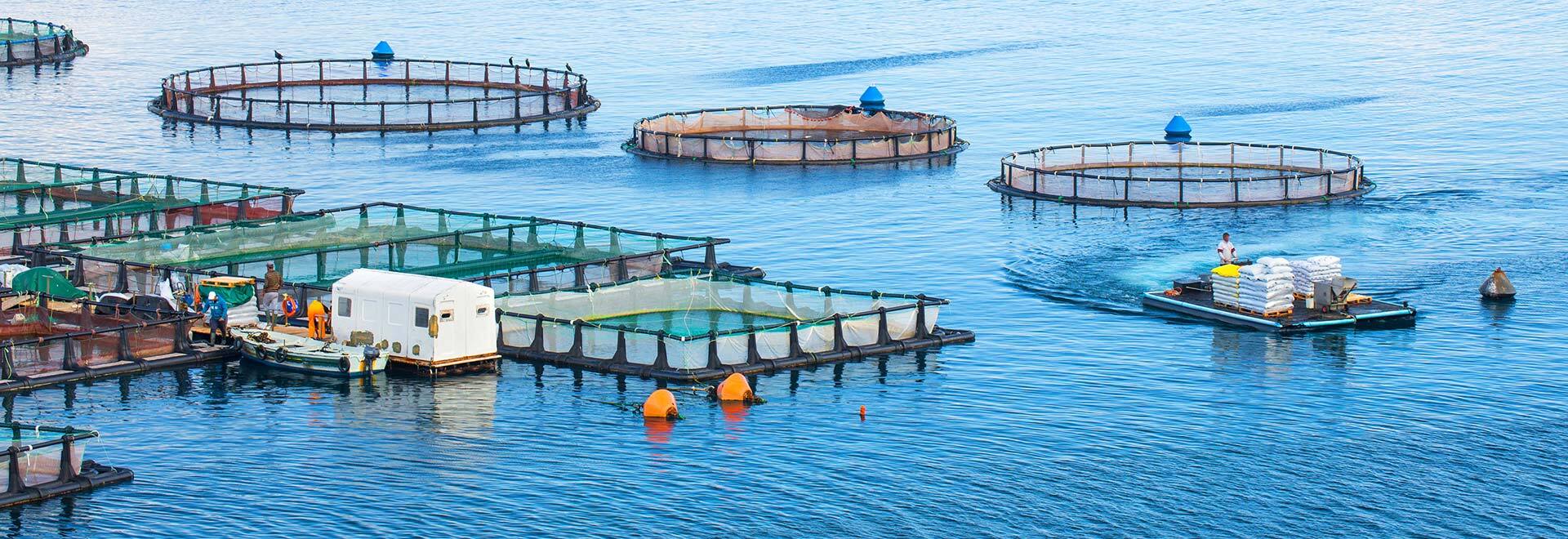Executive summary
As global aquaculture grows, and exceeds the production output of fisheries, ensuring the welfare of fishes at slaughter is paramount. In the European Union (EU), legislation protects fishes at slaughter based on a general principle of avoiding suffering. However, the European Commission have stated that a thorough assessment of farmed fish slaughter will be conducted, with a view to introducing more specific rules to the slaughter regulation to protect fishes.
According to the World Organisation for Animal Health (OIE) and the European Food Safety Authority (EFSA), percussive stunning and electrical stunning systems are best able to provide a humane slaughter for many of the key species farmed in the EU. Spiking or coring, and shooting underwater, can also be humane methods for some species. Important research into the theory behind these systems, and also their deployment, has been conducted to safeguard fish welfare. However further work is needed to minimise the risks to welfare associated with each of the methods.
The main farmed species in the EU are: Atlantic salmon, rainbow trout, common carp, European sea bass, gilthead sea bream, turbot, North African catfish, European eel, and Atlantic Bluefin tuna (ordered by greatest tonnage). Humane stunning systems exist or can be developed for all of these, but progress towards this goal varies for each species. The OIE and EFSA’s Scientific Opinions (2009) on the key fish species, provide a useful point of reference (see the key documents in Appendix A), but further developments have been made since their publication.
Moving forward, a clear, well-integrated strategy for developing humane methods of stunning and killing fish is needed. Systems must tested thoroughly (for each species that they are used) to ensure that stunning render fishes instantly unconscious until death. This testing process should 1) establish stunning parameters in theory, 2) develop equipment to deliver an effective stun, 3) implement the stunning system, and 4) verify of effective stunning in-situ. When developing systems that advance fish welfare, we must also take social, practical and economic issues into account.
There is much research and development still to be done. However the progress made in recent years, and the rapidly increasing availability of commercial systems creates a positive outlook for farmed fish welfare at slaughter in the EU.
